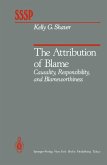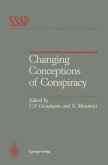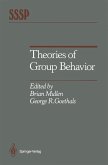For a long time I have had the gnawing desire to convey the broad motivational sig nificance of the attributional conception that I have espoused and to present fully the argument that this framework has earned a rightful place alongside other leading theories of motivation. Furthermore, recent investigations have yielded insights into the attributional determinants of affect, thus providing the impetus to embark upon a detailed discussion of emotion and to elucidate the relation between emotion and motivation from an attributional perspective. The presentation of a unified theory of motivation and emotion is the goal of this book. My more specific aims in the chapters to follow are to: 1) Outline the basic princi ples that I believe characterize an adequate theory of motivation; 2) Convey what I perceive to be the conceptual contributions of the perspective advocated by my col leagues and me; 3) Summarize the empirical relations, reach some definitive con clusions, and point outthe more equivocal empirical associations based on hypotheses derived from our particular attribution theory; and 4) Clarify questions that have been raised about this conception and provide new material for still further scrutiny. In so doing, the building blocks (if any) laid down by the attributional con ception will be readily identified and unknown juries of present and future peers can then better determine the value of this scientific product.








